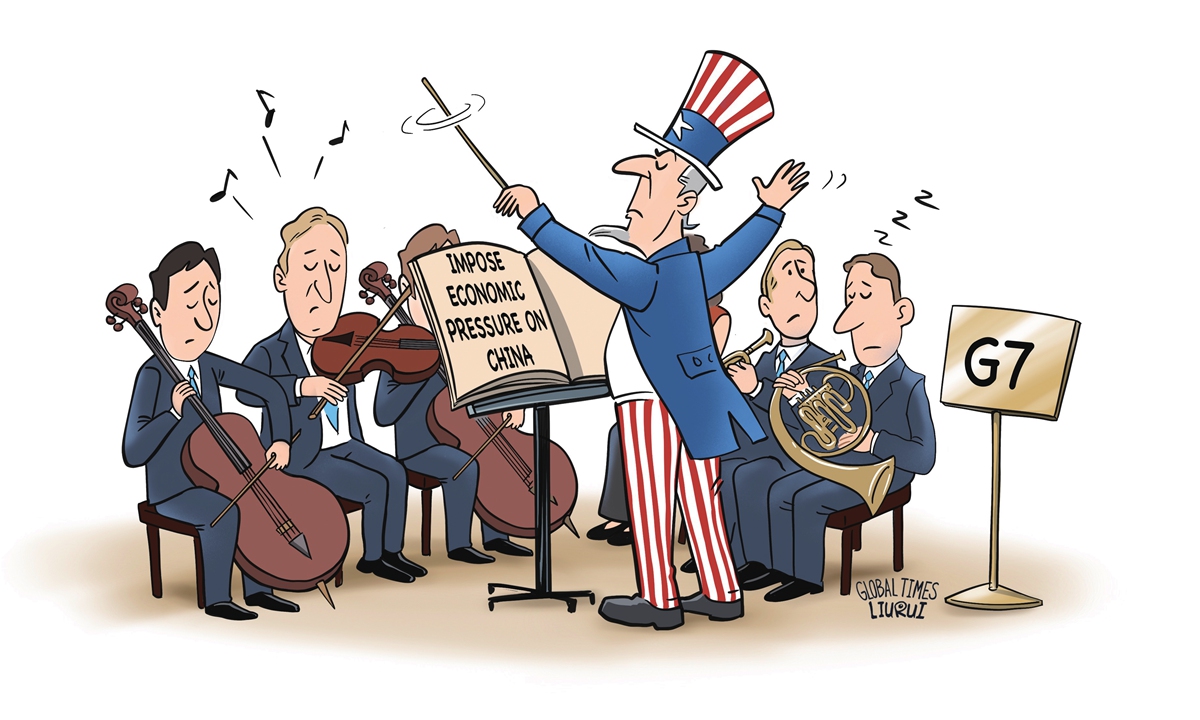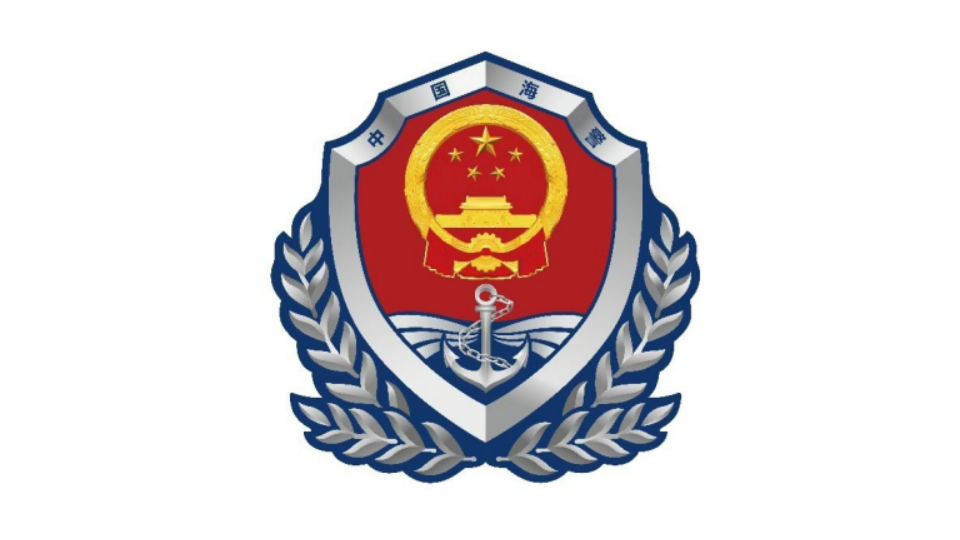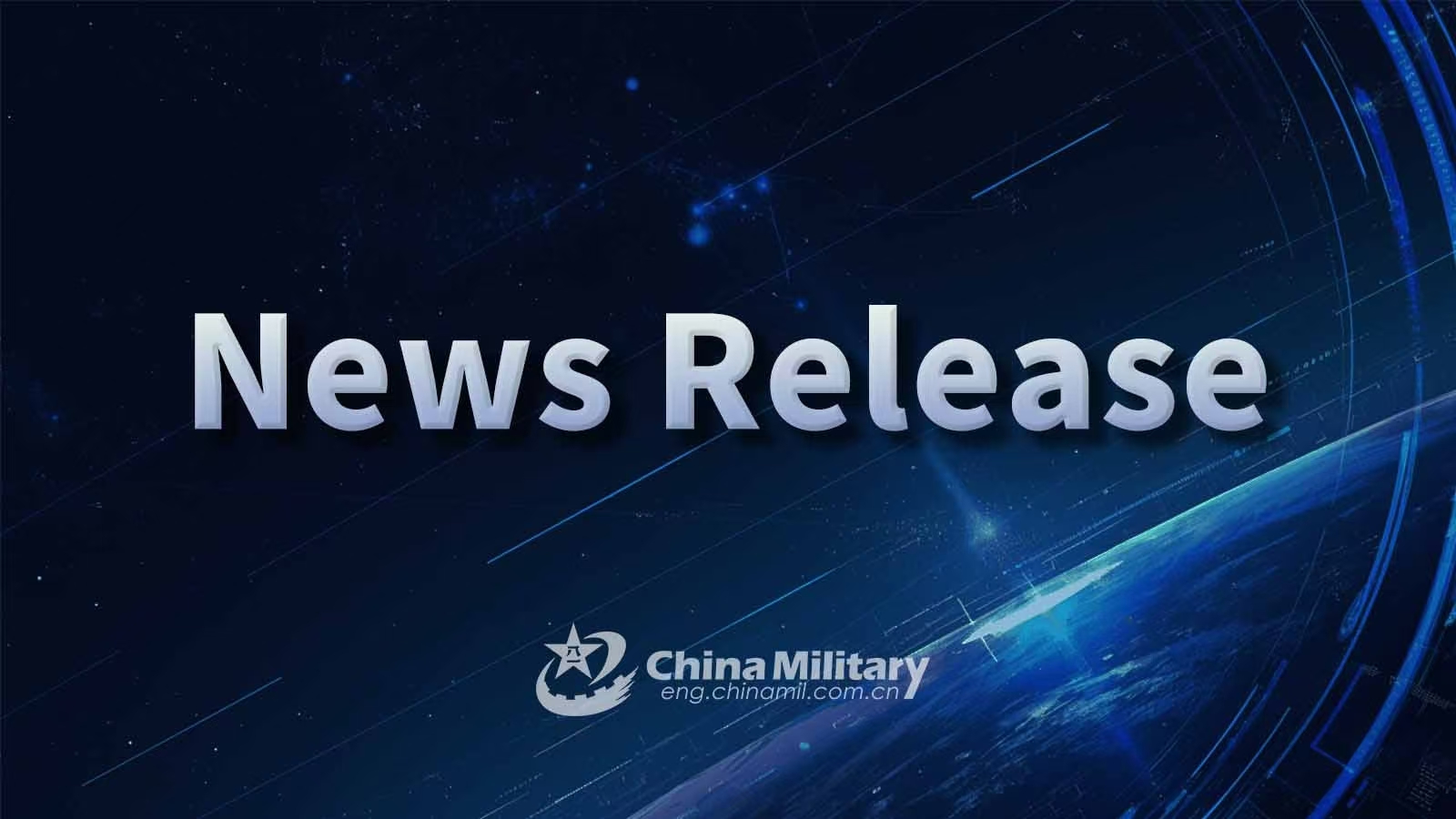By Shen Yi

Illustration: Liu Rui/GT
The G7 Finance Ministers and Central Bank Governors' Meeting, held in Banff, Alberta, Canada, from Tuesday to Thursday, revealed a subtle but noteworthy shift: the US is no longer the undisputed shot-caller. While the official agenda centered on "economic security," "support for Ukraine," and "artificial intelligence," the real dynamic playing out behind closed doors was a quiet, collective pushback from within the G7 against Washington's heavy-handed dominance.
Despite a public show of unity, deep fractures within the group are increasingly evident - especially on key issues such as tariff policies and strategies toward China. As the current US government has redefined US trade policy and championed the imposition of so-called "reciprocal tariffs," discomfort and resistance within the G7 have grown. Even Washington's closest allies are beginning to politely distance themselves from automatic loyalty.
Before the meeting, Reuters reported, citing sources, that ministers from the other six countries will likely try to tactfully remind US Treasury Secretary Scott Bessent that they are the US' closest allies and that it's difficult for them to meet Washington's demands to exert economic pressure on China when they are facing US coercion themselves.
What's more, Washington's logic of "economic security" is rapidly losing credibility within the G7. The US has been weaponizing trade under the banner of national security, turning tariffs into tools of coercion during negotiations, and openly placing government-led industrial policy at the heart of its push to reshore American manufacturing. This sense of exceptionalism - steeped in bias and arrogance - is now causing real damage to the G7's ability to function as a consensus-driven bloc.
Although Bessent is generally viewed as one of the more moderate figures within the current US government, the direction of this G7 meeting makes one thing abundantly clear: Even he seems to be unable to reverse the decline of US leadership within G7.
According to the New York Times, Bessent plans to make the case that countries need to get "back to basics" and take steps to address "imbalances and non-market practices," citing a Treasury Department spokesman. In reality, however, most G7 members were more concerned with how to mitigate the damage caused by US tariffs to their own economies.
When it comes to China, not only is there no unified stance among G7 members, but even the language used to mention China publicly was carefully crafted to avoid deepening internal divisions.
The G7 is no longer the convenient strategic instrument of US Cold War coordination, nor is it the global command center for designing world order. Instead, it has become a symbolic club - one that struggles to maintain internal coherence, must tread carefully to preserve consensus, and faces an increasingly uncertain future.
Today, the most fundamental rift between the US and its G7 partners is no longer over which issues to prioritize, but about a fundamental divergence in worldview. The US still operates from a top-down, command-and-control mindset, while other countries are increasingly inclined toward consensus-building and balanced interests. This divergence has only been reinforced by the persistence of the "America First" mentality.
More and more signs suggest that the G7 is undergoing a slow but inevitable transformation. As globalization and geopolitics enter a phase of profound structural shifts, member states are recognizing a shift in the balance of power - and witnessing China's rapid rise as a major global player. Against this backdrop, they are showing less and less willingness to foot the bill for any one country's strategic agenda. All of this points to a deeper reality: The world is moving toward genuine multipolarity.
The author is director of the Center for BRICS Studies at Fudan University. opinion@globaltimes.com.cn













